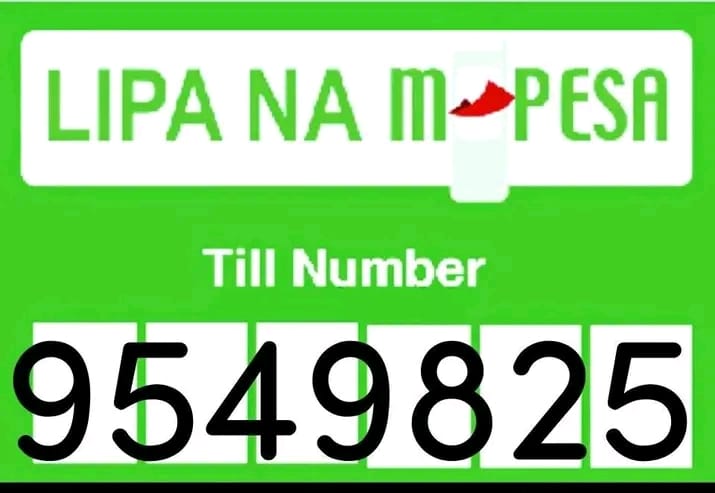
simply amazing, always for you.
Highest Currency:
- Kuwait (Kuwaiti Dinar – KWD): The Kuwaiti Dinar (KWD) remains the highest-valued currency in the world. It is typically worth more than $3 USD per 1 KWD.
Lowest Currency:
- Iran (Iranian Rial – IRR): The Iranian Rial (IRR) has one of the lowest exchange rates globally, with 1 USD equaling tens of thousands of Rials, reflecting the impact of inflation, sanctions, and the country’s economic conditions.
These rankings can fluctuate due to changes in the foreign exchange market, but Kuwait’s Dinar and Iran’s Rial have consistently held these positions in recent years.

The Highest Currency in the World: Kuwaiti Dinar (KWD)
As of December 2024, the Kuwaiti Dinar (KWD) is the highest-valued currency in the world. One Kuwaiti Dinar is typically worth over $3 USD (sometimes as much as $3.30 or more, depending on the exchange rate fluctuations). The KWD has maintained its dominance as the world’s strongest currency for several years, and its value has remained high due to several economic factors tied to Kuwait’s unique position in the global economy.
Why is the Kuwaiti Dinar So Strong?
- Oil Wealth: Kuwait is a small, oil-rich country located in the Arabian Gulf. Oil exports make up the majority of the nation’s revenue, and Kuwait has some of the world’s largest oil reserves. As a result, the country’s economy is highly dependent on the price of oil, but it also has vast reserves that allow it to maintain its currency’s strength. The Kuwaiti government manages the oil sector carefully, ensuring that the revenue from oil exports supports both national wealth and currency stability.
- Stable Economy: Kuwait’s economy is relatively stable, and the country has been able to generate substantial financial surpluses. The Kuwaiti government has also built significant foreign currency reserves, which helps support the dinar’s value. The country’s financial sector is well-managed, and the country’s central bank plays a crucial role in maintaining currency stability.
- Currency Pegging: Unlike many countries that tie their currency value to the U.S. dollar (USD), the Kuwaiti Dinar is pegged to a basket of foreign currencies, including the U.S. dollar. This helps reduce the impact of fluctuations in oil prices and other external factors. By using a basket of currencies for the peg, Kuwait ensures that its dinar is less vulnerable to shifts in any single global currency, contributing to its continued strength.
- Low Inflation: Kuwait has relatively low inflation rates, which is another factor that supports the value of the dinar. A strong economy, coupled with low inflation, helps the country maintain the purchasing power of its currency over time, reinforcing its high exchange rate.
- Monetary Policy: The Central Bank of Kuwait follows conservative monetary policies aimed at maintaining currency stability. These policies include strict control over inflation, prudent fiscal management, and substantial reserves, all of which help preserve the value of the dinar.
The Lowest Currency in the World: Iranian Rial (IRR)
On the other end of the spectrum, the Iranian Rial (IRR) is widely regarded as one of the world’s weakest currencies. The value of the rial has fallen significantly over the years, with 1 USD often being equivalent to tens of thousands of rials, and sometimes over a hundred thousand IRR. The Iranian economy faces numerous challenges that have led to the depreciation of the rial, making it one of the lowest-valued currencies in the world.
Why is the Iranian Rial So Weak?
- Sanctions and Political Instability: One of the primary reasons for the Iranian Rial’s weakness is the impact of international sanctions, particularly those imposed by the United States and the European Union. These sanctions have significantly hindered Iran’s ability to trade with other nations, limit its access to foreign markets, and restrict its participation in the global financial system. As a result, Iran has faced massive inflation, devaluation of its currency, and a loss of investor confidence.
- Hyperinflation: Iran has experienced periods of hyperinflation, particularly in the past decade. This is due to a combination of factors, including economic mismanagement, fluctuating oil prices, and ongoing political instability. Inflation rates in Iran have reached astronomical levels, eroding the purchasing power of the rial and driving up prices for basic goods and services. For example, in 2019, inflation reached over 30% annually, and at times, the Iranian government has printed excessive amounts of rial to cover its budget deficit, further fueling inflation.
- Dependence on Oil Exports: Iran, like Kuwait, relies heavily on oil exports as a significant source of revenue. However, unlike Kuwait, Iran’s oil industry has been heavily affected by sanctions, restricting its ability to access international markets and sell oil at favorable prices. The inability to freely trade oil has led to a reduction in foreign exchange earnings, which has weakened the rial.
- Currency Manipulation and the Black Market: Another factor contributing to the depreciation of the rial is currency manipulation. The Iranian government has historically attempted to control the exchange rate through artificial means, including by restricting the supply of foreign currencies. However, this has led to the creation of a large black market for currency exchange, where the rial trades at much lower values than the official rate, further exacerbating the decline in its value.
- Government Debt and Fiscal Deficits: Iran has struggled with significant government debt and fiscal deficits, which have led to financial instability. To cover its budgetary shortfalls, Iran has resorted to printing more rial, which increases the money supply and contributes to inflation. As the value of the rial declines, the government is forced to print even more money, creating a vicious cycle of currency devaluation.
- Lack of Investor Confidence: Due to the ongoing political and economic turmoil, foreign investors are reluctant to invest in Iran. This lack of investment, combined with the instability of the currency, results in lower demand for the rial on international markets, further weakening the currency. The lack of foreign exchange reserves also hampers Iran’s ability to stabilize the rial.
Comparison of the Kuwaiti Dinar and Iranian Rial
The contrast between the Kuwaiti Dinar and the Iranian Rial underscores the significant impact that economic factors such as oil wealth, political stability, inflation, and international relations can have on a country’s currency value.
- The Kuwaiti Dinar has benefited from the country’s oil wealth, strong fiscal management, and stable economy, allowing it to remain the most valuable currency in the world. On the other hand, the Iranian Rial has been battered by hyperinflation, political instability, economic sanctions, and a lack of foreign investment, which have contributed to its severe devaluation.
- The difference in the strength of these currencies highlights the broader economic realities of each nation, where one enjoys prosperity and stability, while the other struggles with numerous challenges.
Conclusion
In conclusion, the Kuwaiti Dinar and the Iranian Rial represent two extremes in the global currency market. While the Kuwaiti Dinar is a symbol of wealth and stability, reflecting the country’s oil-driven economy and careful fiscal policies, the Iranian Rial serves as an example of how sanctions, inflation, and political instability can wreak havoc on a currency. These two currencies exemplify the profound influence that economic and political factors have on currency values.

Support Our Website!
We appreciate your visit and hope you find our content valuable. If you’d like to support us further, please consider contributing through the TILL NUMBER: 9549825. Your support helps us keep delivering great content!
Thank you for your generosity!
